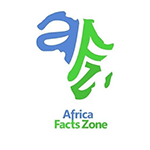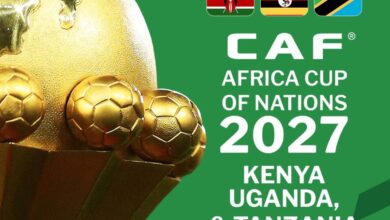Languages in Namibia’ Namibia’s Lingua Franca – Africa Facts Zone

Namibia, a country in southern Africa, proclaimed its independence from South Africa on March 21, 1990. The San, Nama, and Damara were the nation’s original inhabitants.
Later, as the Bantu population grew, immigrants from the Bantu people arrived in the area.
Since that time, the Ovambo, a Bantu group, have dominated Namibia’s population, and Oshiwambo, their language, has taken over as the nation’s most widely spoken language.
This already demonstrates Namibia’s linguistic variety.
Also Read: The Himba People of Namibia
Languages in Namibia’ Brief History
German troops conquered Namibia from 1884 to 1915, during which time it served as a colony for the German Empire.
After World War I, Namibia was given to the United Kingdom under mandate from the League of Nations, and South Africa governed there.
English and Afrikaans served as Namibia’s official languages at the time. In 1948, apartheid was also implemented in Namibia.
After years of instability, Namibia finally achieved complete independence from South Africa in 1990.
Due to the huge Namib Desert, which dominates the area and has a population of 2.1 million, Namibia is a country with a sparse population.
Despite having a small population, Namibia boasts a diverse range of spoken languages, including those from the Indo-European, Khoisan, and Bantu families.
Also Read: Tippi Degre: The Young White Girl Who Grew up with Wildlife in Namibia
Tippi Degre: The Young White Girl Who Grew up with Wildlife in Namibia
Namibia’s lingua franca
During the apartheid era, Namibia’s three official languages, including English, German, and Afrikaans, were established.
The single official language of Namibia, according to the country’s constitution, is English. This was decided by the new government when Namibia gained independence from South Africa in 1990.
In addition to being utilized as a teaching tool in schools and colleges, the language is currently employed in the administration of the nation’s government.
The majority (48%) of Namibians, particularly the Ovambo people who reside in the region formerly known as Ovamboland, speak Oshiwambo.
With over 11% of the people speaking it, the Khoekhoe languages are Namibia’s second most popular native tongues.
Afrikaans is spoken by almost the same amount of people. 10% of Namibians speak Hereo or Kwangali as their first language.
Smaller percentages of Namibians speak other Bantu and Khoisan languages, such as Fwe, Kuhane, Yeyi, Tswana, and Mbukushu, as well as Khoisan languages, such as Naro, Kung-Ekoka, Xó, and Kxoe.





